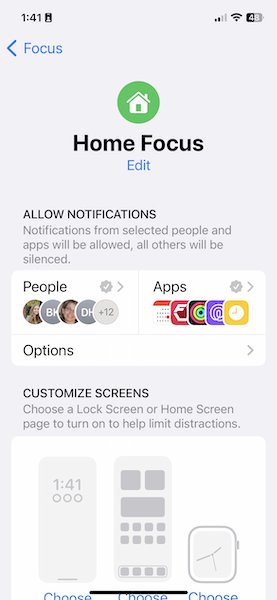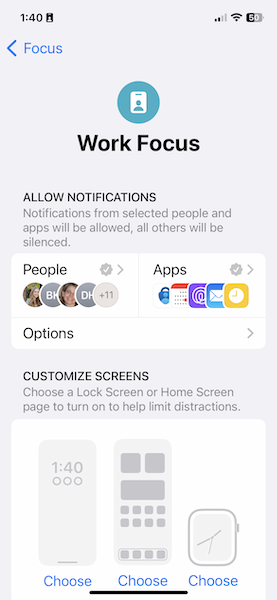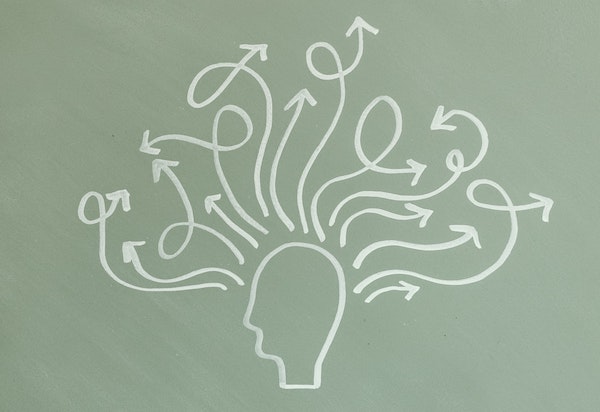A skill I am intentionally developing is learning to be present in the moment. This is not something that happens naturally for me. It is something that must be carefully cultivated.
You recognize instinctively when you are in the presence of someone who has this ability. They make you feel valued and cared for. While it seems effortless on their part (and maybe for some it is) my guess is that it is a practice that has been established over time.
To grow in my ability to be present, I am using three specific practices. All three are skills that I have employed in other areas of my life where I am attempting to make improvements. So, it seemed a good place to start. I’ll share them below in the event you would like to join me.
Set an Intention to Be Present
When I began a consistent practice of yoga about 8 months ago, the instructor would often invite the class “to seal in an intention for the practice.” I had no idea what this meant.
I’ve learned over time that what she meant was to give thoughtful consideration to what my purpose was for being on my mat. What was I looking for? What did I hope to accomplish in that time? Once I was clear on my reasoning, we took ownership of it by inhaling a deep breath.
I am carrying over this practice to my efforts to be present. I ask myself:
Why is being present a priority for me?
What is it I want the other person to experience?
I am not by nature a thoughtful person. At times, I am self-absorbed and inconsiderate. While I don’t like to admit these traits it becomes easier when you realize those statements are true for most of us.
But, I want my interactions with people to be different.
Finding ways to communicate value to the people I am spending time with is important to me. It’s the difference between loving with words and loving with actions and words. So when I am able, before I sit down in a meeting at work, dinner at home, or something in between I pause for a moment to set an intention to be present. I think about what I can communicate by resting my focus on the other person. How that will make them feel? Once I do that, I seal the thought in with a deep inhale through the nose and exhale through the mouth.
Create Mental and Physical Space to Be Present
There is an old saying that goes, “the road to Hell is paved with good intentions.” The desire alone to be present is generally not enough for me to accomplish the task. I have to create some mental and physical space to do so. There are two specific practices that I have found helpful in being present with others.
Rehearsing Your Day – Mental Space
As a part of my regular mindfulness meditations, each morning I mentally rehearse my day. I review my schedule to see what to anticipate.
Who am I meeting with?
What is the purpose of the meeting or what outcomes am I hoping to achieve?
What spaces exist to create meaningful interactions?
I do this by looking through my appointments for the day in my calendar. I think about who will be sitting with me and consider what their needs are or what is going on in their world. It’s at this moment that I will set my intention to be present not just physically but emotionally as well.
Removing the Chief Distractor – Physical Space
If my phone dings, bings, beeps, or chirps. I will look at it. Despite my best efforts to be present, technology will win 9 times out of 10. So to be present with the people I am meeting with I clear the physical space around me. My phone has to be in my pocket or on a shelf behind me. My computer monitor needs to be asleep.
I’ve also found that having my notebook (square ruled Moleskine, soft cover, size large) in front of me to take notes helps me be present as well. Unless it is called for I don’t necessarily use it, but it helps me to focus and review any info I may want to include in our time together.
Use Your Tools to Be Present
As illustrated above, your phone is public enemy #1 for stealing your focus. However, some tools come baked in that enable a person to recapture the focus that is so often stolen.
In iOS 15, Apple introduced Focus Filters which allow users to create restrictions on what notifications and functions their iPhone are allowed to perform and when. In iOS 16 they expanded this functionality.
It has been a game changer for my ability to focus and be present in the moment.
I currently have 3 main focus settings established – Work, Home, and Do Not Disturb.


The Work and Home focus are geofenced – meaning they automatically turn on when my phone recognizes I am at either my office or my house. This might be my favorite feature since it means I don’t have to remember to turn them on. The two settings are fairly similar – both are set to restrict the apps that are allowed to notify me (Work – calendar, email, authentication apps; Home – Time sensitive alerts, health/fitness apps).
In both Focus settings, calls and texts are handled a little differently. Work is slightly less restrictive allowing calls and messages to come through from my immediate family, my boss, direct reports, and a handful of other people. At Home, my notifications are much more restrictive. Unless you live in my house or you sign my paycheck I likely won’t be notified immediately (it’s fair to note I have a separate work cell phone for use after hours and emergencies – I don’t get to hide that reclusively 😁)
All calls and messages still come through. But, I am not immediately alerted. Those notifications are staged until I am ready to deal with them to allow me to remain present and focused on what matters in that moment.
This is one small step everyone (at least with an iPhone) can take to ensure your phone works for YOU and that you aren’t working for your PHONE.
Being Present in the Modern World
Nature abhors a vacuum and the modern world craves distraction. My efforts to be present more often in the times that matter most aren’t likely to change those axioms.
My hope is that over time they begin to change me. If you ask my family or coworkers to rate my abilities in this area, I am still unlikely to receive a passing grade. But I am working to improve.





